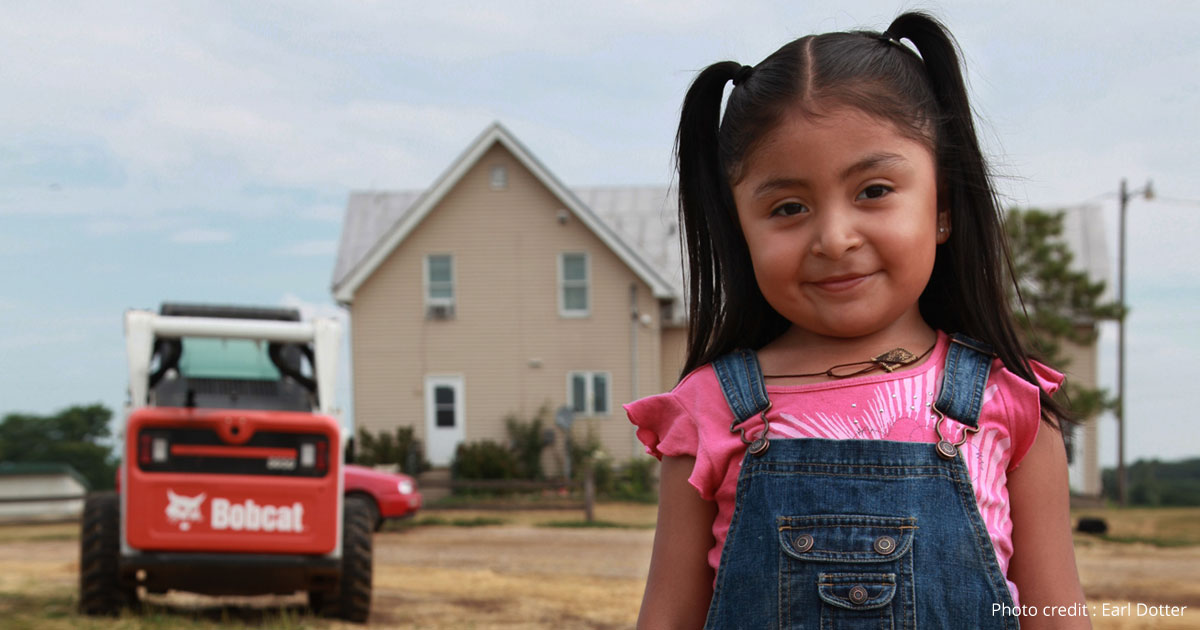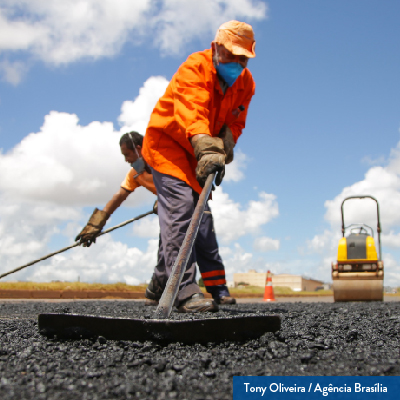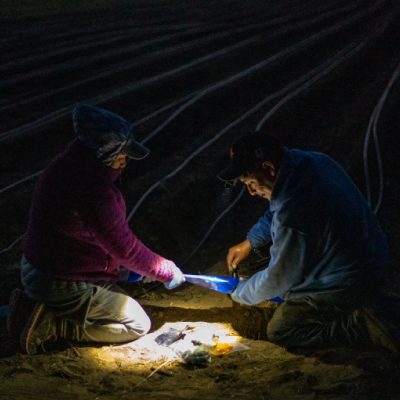- Who We Are
- Clinician Employment
- Publications
- Witness to Witness (W2W)
- El Premio Kugel & Zuroweste a la Justicia en la Salud
- Your Voice Matters: Photovoice Project
Tue, 07/12/2016 | by Juliana Simmons


A child dies in an agriculture-related incident every three days in the United States, and 33 children are injured in agriculture-related incidents daily. Clinicians need to know the facts, so they can relate critical safety information to agricultural families, to ensure that children who spend time on farms and in ranches stay safe.
With this in mind, Migrant Clinicians Network recommends the newly released 2016 Childhood Agricultural Injuries Fact Sheet [www.marshfieldresearch.org/Media/Default/NFMC/PDFs/2016-Child-Ag-Injury-Fact-Sheet.pdf] from the National Children’s Center for Rural and Agricultural Health and Safety (NCCRAHS).
While it is heartening to note that there has been an overall decline in the rate of childhood agricultural injuries, it is important to highlight that injury rates among youth ages 10 to 19 have increased in recent years. This includes hired youth and visiting children on farms. The leading sources of fatalities among all youth were machinery, drowning, and motor vehicles including ATVs. Leading causes of injuries were vehicles and animals.
Sixty percent of agriculture-related injuries among youth took place when the children were not working on the farm. Non-working youth may be children living on family farms, or the children of migrant and immigrant farmworkers who often bring their children to work because they lack childcare options. These non-working children face numerous risks, including injuries related to farm machinery and livestock, heat-related illness, dehydration, and exposure to pesticides. NCCRAHS and MCN’s Protecting Children While Parents Work project [www.migrantclinician.org/services/initiatives/occupational-health.html] focuses on this often overlooked population by developing strategies for keeping non-working children off farms and enrolled in quality childcare programs.
“Farmworker parents face many barriers when it comes to accessing childcare, including long work hours, cost, and finding culturally appropriate childcare providers,” states MCN’s Juliana Simmons, MSPH, CHES. “It is vital that farmworker parents, childcare providers, and agribusiness leaders come together to ensure access to quality off-farm childcare services for migrant and immigrant farmworker families.”
Like what you see? Amplify our collective voice with a contribution.
Got some good news to share? Send it to us via email, on Facebook, or on Twitter.
Return to the main blog page or sign up for blog updates here.







